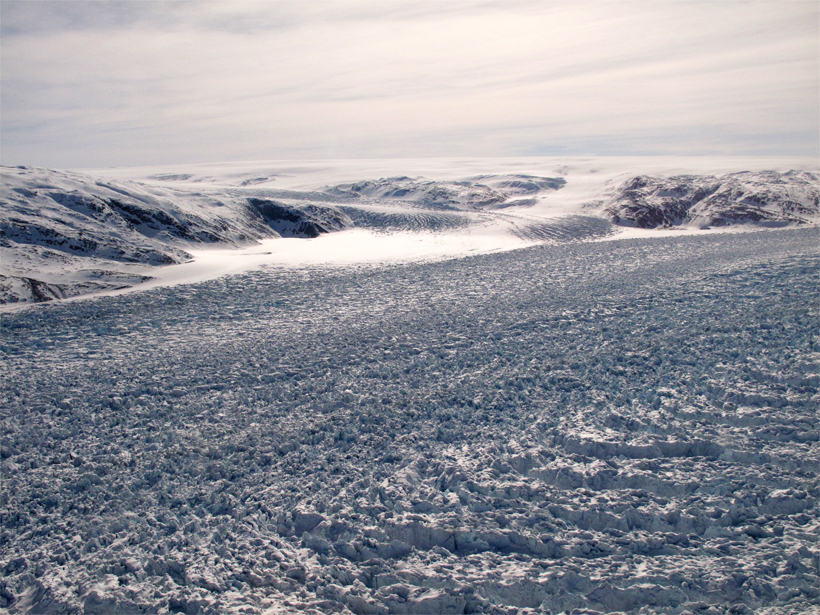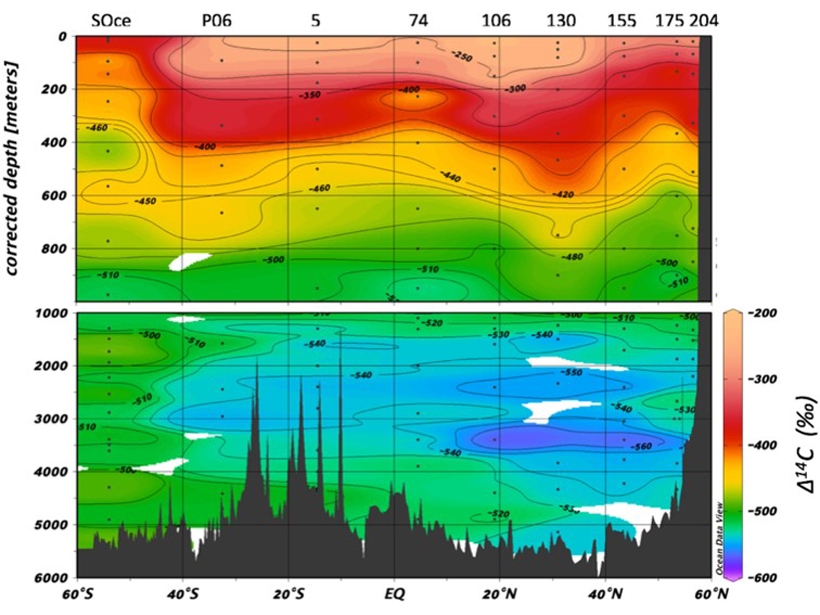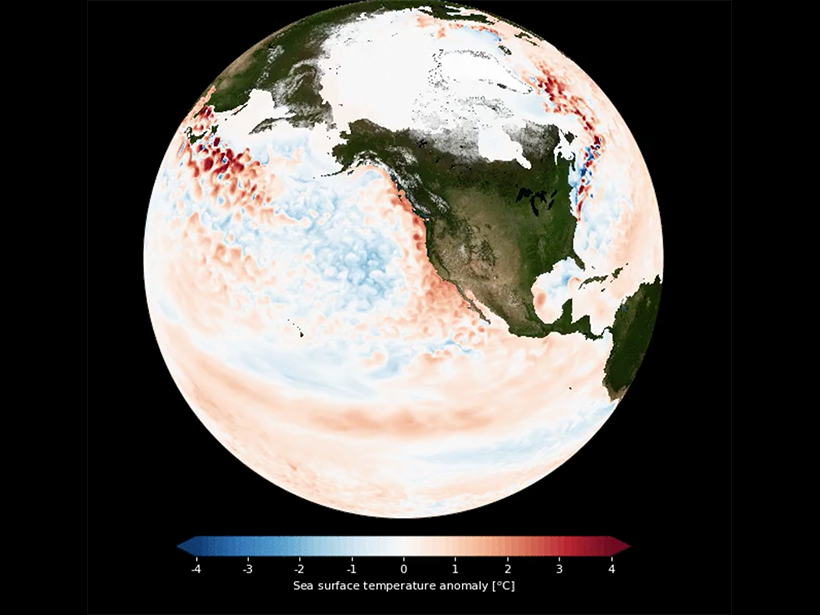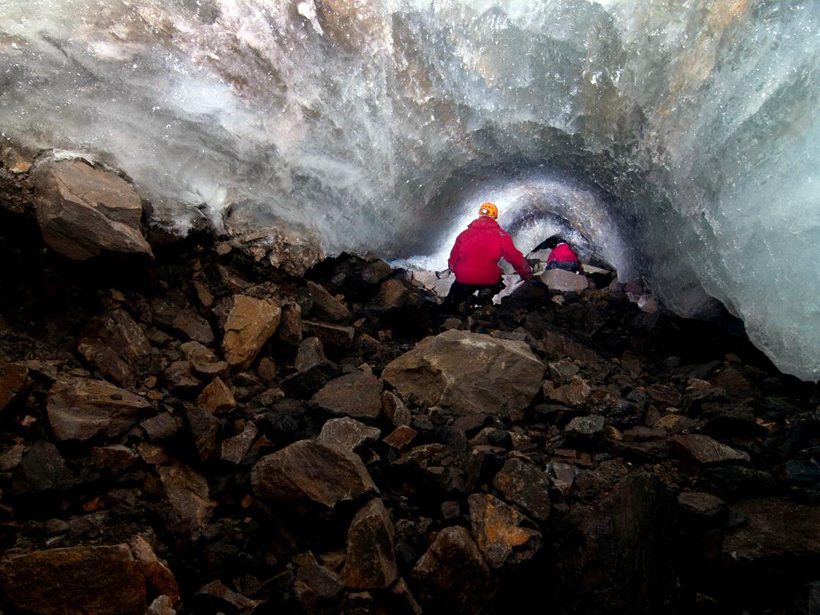In recent decades, there have been more intense North Atlantic hurricanes. A new study compares climate models to see whether they can attribute increasing potential intensity to human activity.
Geophysical Research Letters
Modeling the Subsurface Hydrology of the Greenland Ice Sheet
Firn aquifers—pockets of meltwater beneath the surface of an ice sheet—could have far-reaching impacts on subglacial hydrology, a new study finds.
Pacific Carbon Ages During Long Journey Along Ocean Floor
The radiocarbon signal of DOC with depth across the Pacific Ocean basin effectively supports a number of important theories that have been suggested over the years.
Sea Level Rise May Reactivate Growth of Some Reef Islands
Reconstruction of reef island formation in the Maldives suggests the possibility that not all islands will shrink as climate change progresses.
Improving Climate Predictions over Decades
Several factors make long-term climate predictions difficult. New research looks at how to improve model predictability by separating climate signals from the noise.
Modeling Tsunamis with Social Media
Video footage gathered from social media is used to reconstruct the timing and likely source(s) of the tsunami generated by the 2018 Palu earthquake.
Mapping Subglacial Meltwater Channels
Researchers find that past studies underestimate the friction meltwater channels exert on glaciers by orders of magnitude.
Crystals Connect Bubbles in Explosive Magmas
Hydrous silica-rich magmas can degas through connected bubble pathways when as little as 20% crystals are present, influencing transitions from explosive, Vulcanian-style eruptions to lava effusion.
On the Prospect of Ancient Metallic Volcanism on Asteroids
There is a possibility of ancient volcanism on metallic asteroids, a new type of volcanism that is not yet observed, though the Psyche mission to the asteroid Psyche may change that soon.
New Study Shifts Paradigm of Coastal Sediment Modeling
A new model improves predictions for sediment movement in vegetated shoreline zones and reveals a universal predictor that could change the understanding of coastal landscape evolution.










